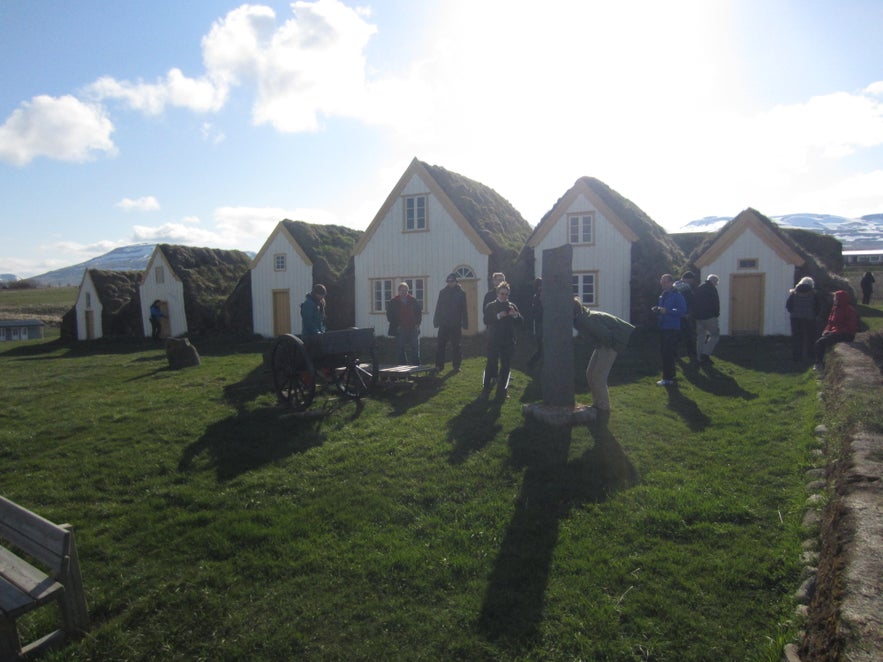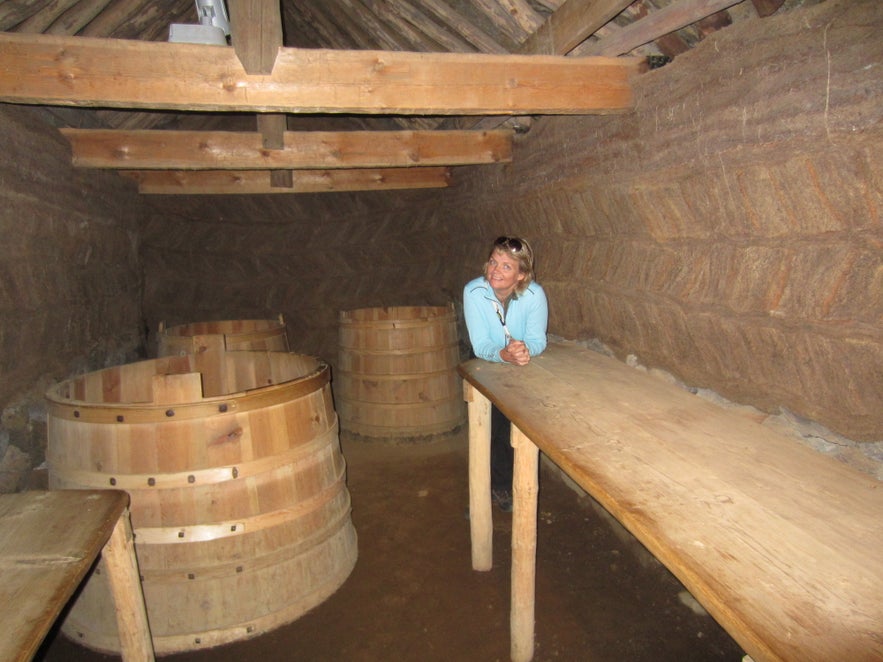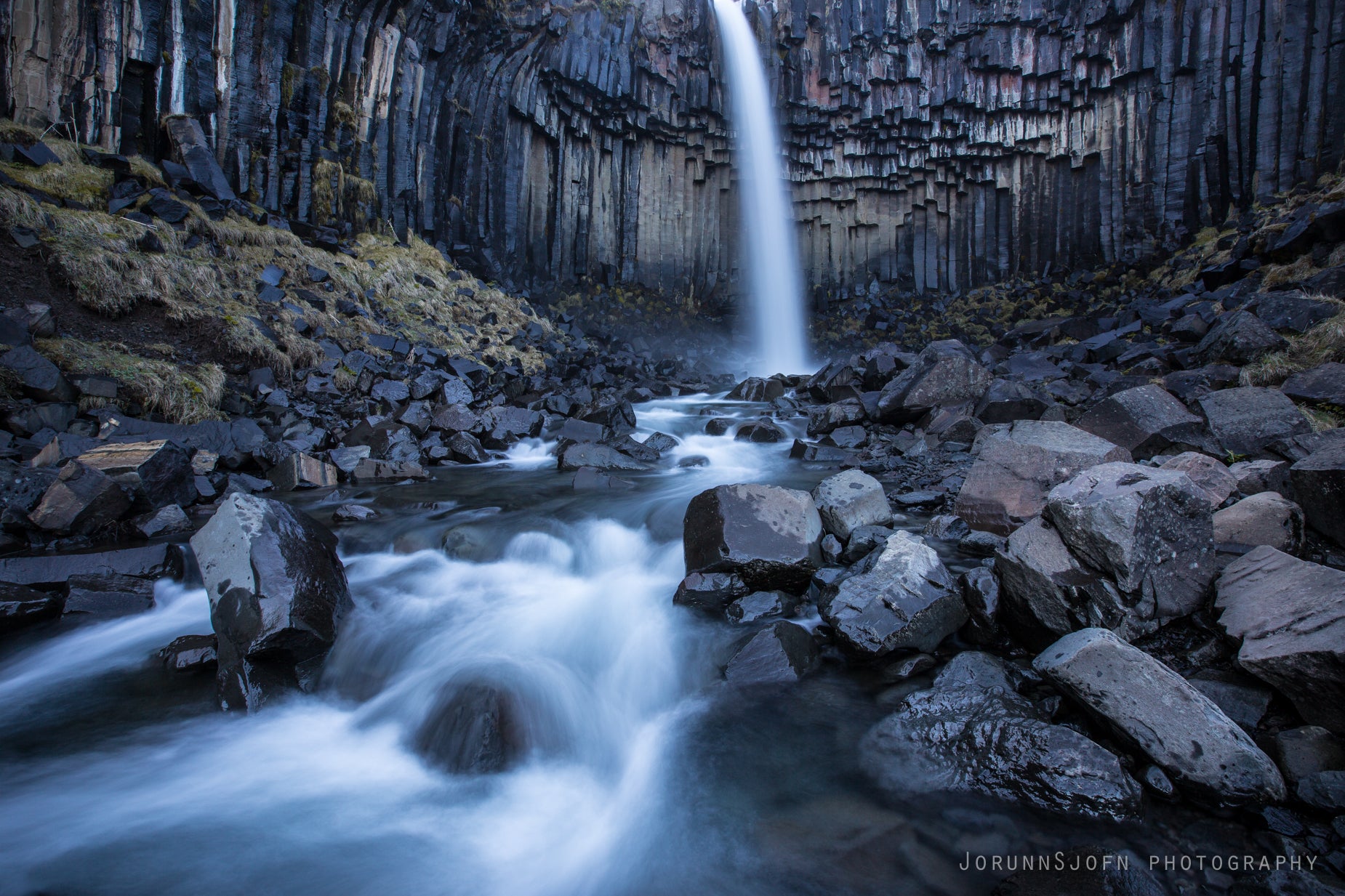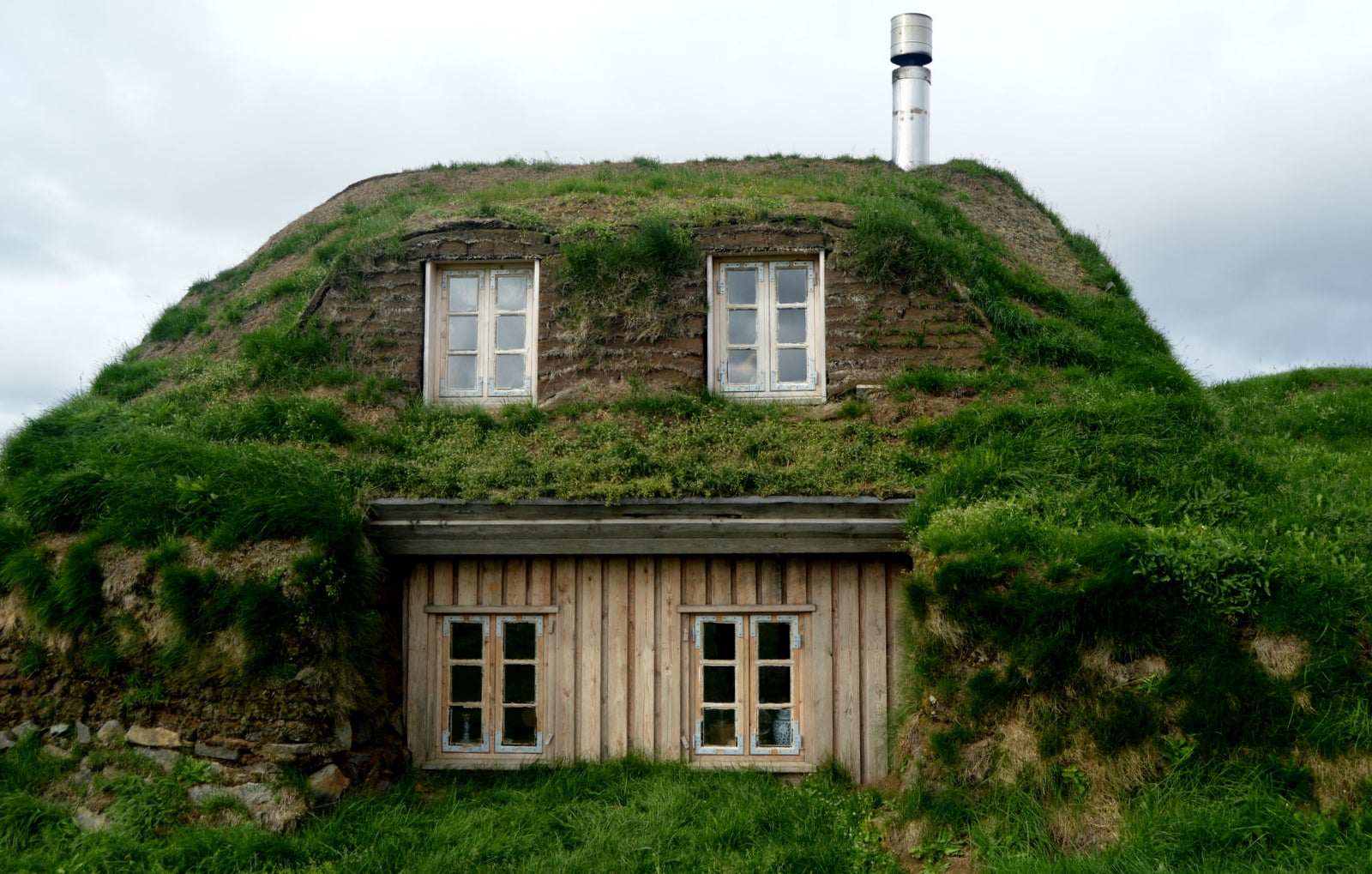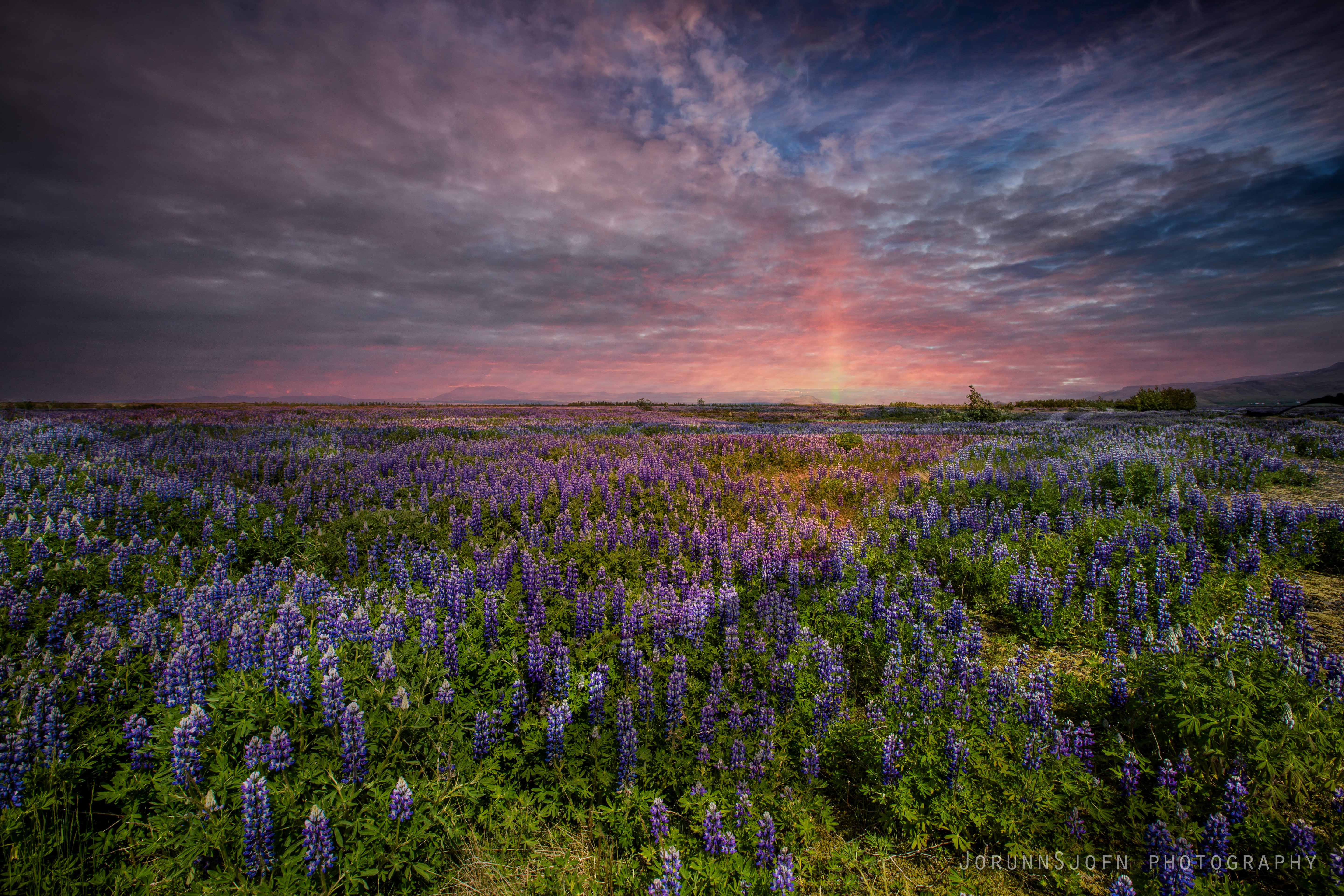I am a huge fan of old traditions in Iceland and have often wondered and admired how our ancestors lived all these long periods of dark ages, with eruptions and cold weather. Through the centuries the history of building houses in Iceland deals mainly with various types of turf farmhouse.
Before concrete took over around 1900, turf, stone and wood were the main construction materials used here. The timber was either driftwood or imported wood. Houses built from these materials are rather short-lived so that there are not many examples left.
With the aid of literary sources and most important, through archaeological research, scientists have managed to create a good overview over the development of the turf-house.
In many countries, old castles, churches and forts are among the favourite tourist sites. We don't have any of those here in Iceland. The oldest houses in Reykjavík date from the 18th century, but elsewhere in the country there are some houses that are much older, like for instance parts of the buildings at Keldur in South-Iceland, from the 13th century.
The development can be divided into three main periods: first the period of the long-house, or skáli, then the passage-house, and finally the period of the gabled house. The first settlers brought with them the building tradition from their homeland, which in most cases was the west coast of Norway.
Long-house were typical to this first period can be described as a large, oblong house, rather narrow. Lack of firewood and timber is probably the main reason why the passage-house made of turf gradually took over from the long-house. This sort of house was a complex of several small houses that were joined together by one passage. Each room had its function.
Gabled houses appeared towards the end of the 18th century. They became quite popular, mainly on aesthetic grounds. Main difference between these and their predecessor’s lies in the wooden front gables that give the farms a statelier look. The roofs had to be rather steep so that rainwater would drain easily.
The museum farm, Glaumbær in North-Iceland is a good example of such a house. There, storehouses and two guest-rooms are at the front, but the main complex of rooms is still at the back, where it’s warmer. Many of the turf-farmhouses that have been preserved have been turned into folk-museums. Whoever wants to learn about housing and the way people lived in the old days here in Iceland should visit one of these museums.
Only 75 km from Egils Guesthouse is the Museum at Árbær in Reykjavík. Very interesting museum if one wants to study the various types of old houses we have in Iceland.

